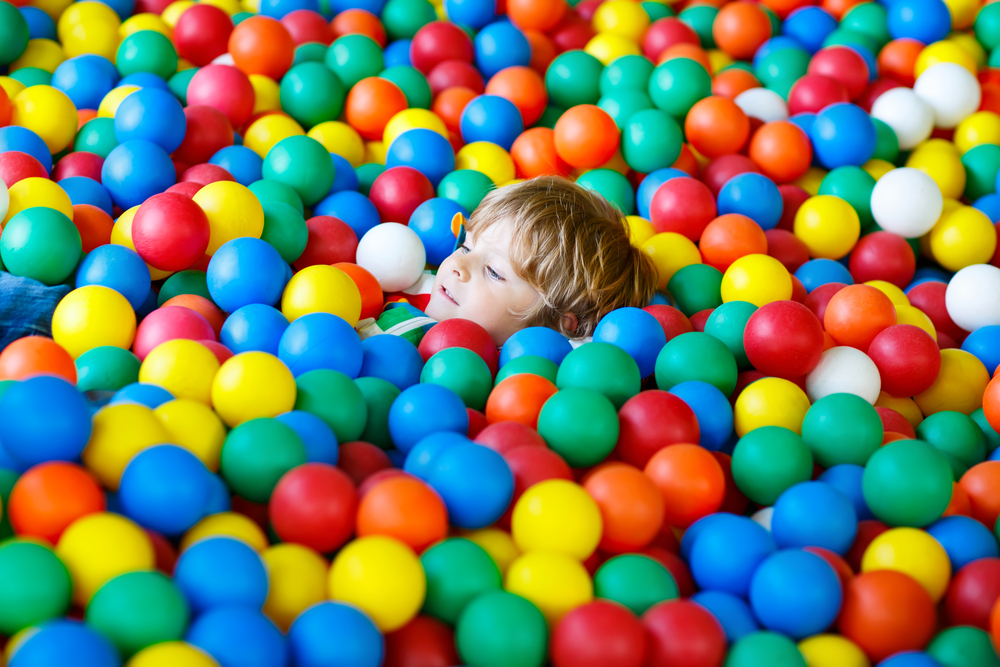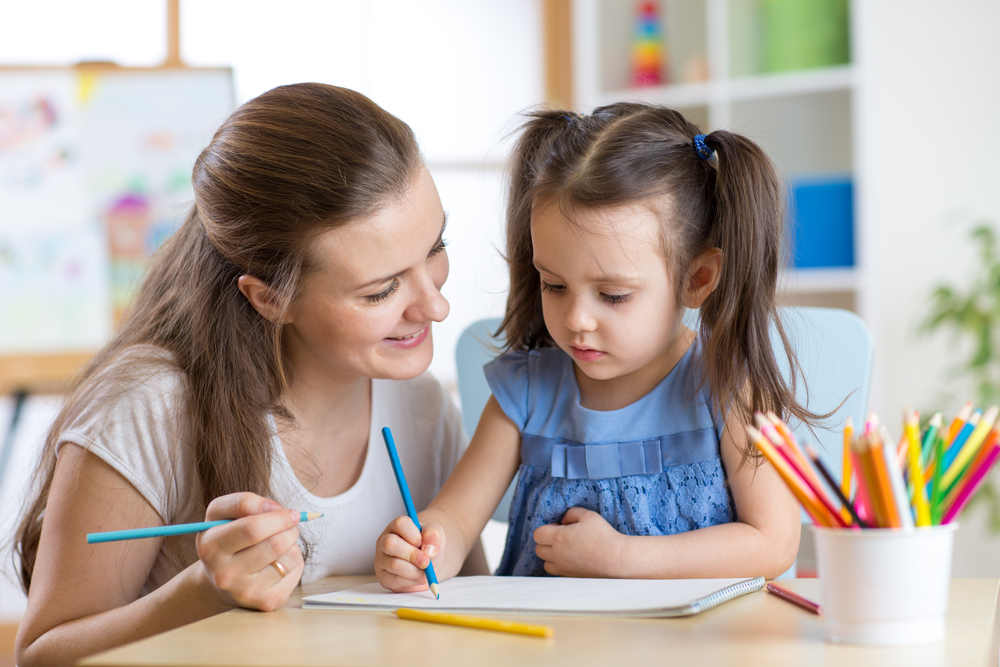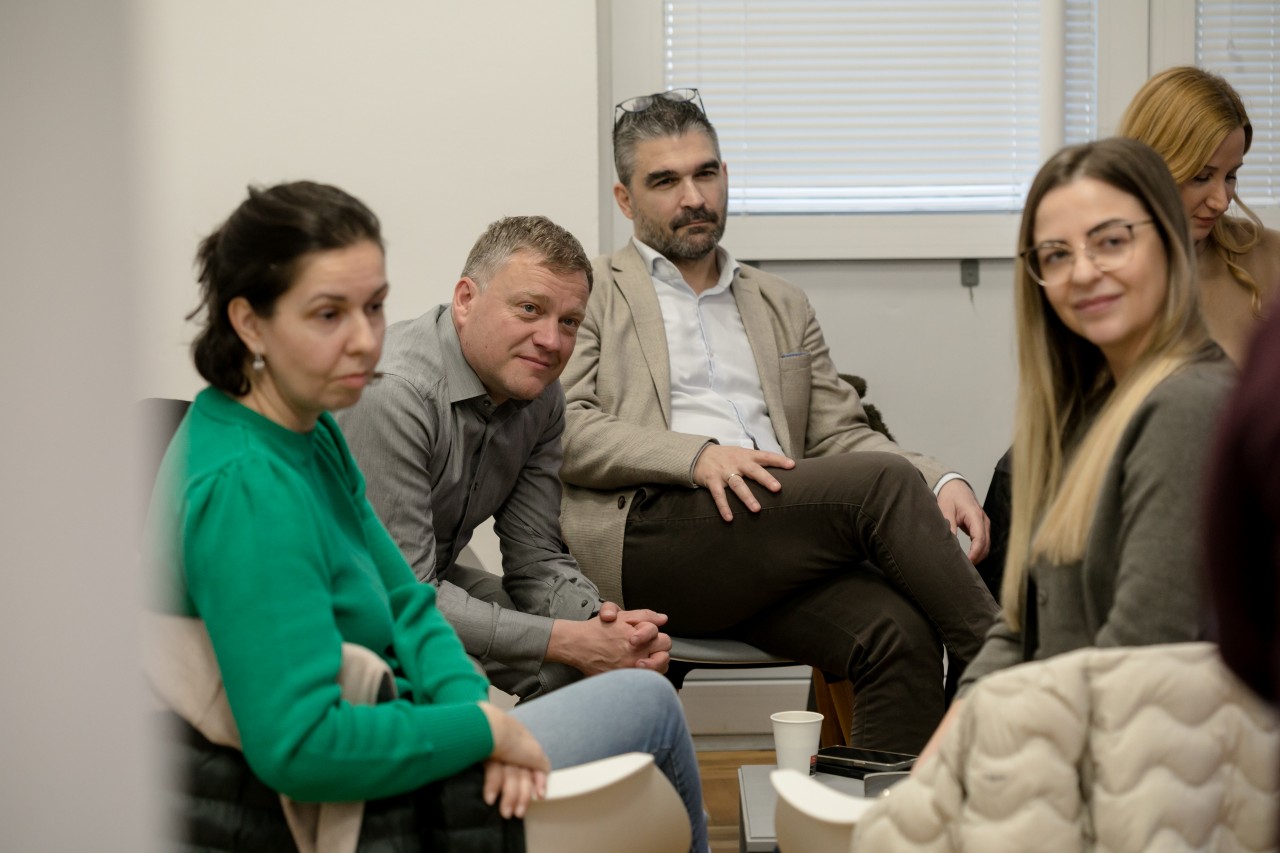Parents of young children are facing an overwhelming barrage of information and pressure regarding their children’s education. Although it may be easy in today’s schools to quantitate skills and assess task-oriented behaviors in highly competitive settings, that may not be what our children need.
From Baby Einstein videos to competitive preschool programs, the pressure placed on both children and parents to foster the next Steve Jobs has increased dramatically. That pressure is similarly relayed to teachers and schools to constantly incorporate the technology fad du jour in their classrooms, cope with high-strung parents, and meet the challenging curricular metrics that have been imposed upon them, often while just scrapping by financially. But are the augmented pressures we are placing on our kids actually helping them, or have international comparisons and unnecessary worrying gotten the best of us? This is the question that Dr. Erika Christakis, a former pre-school teacher and current lecturer at the renowned Yale Child Study Center, in her new book The Importance of Being Little.

Copyright: sergeysaraev
At the core of her book, Christakis reflects upon her experiences as both a teacher and a researcher and argues that we have lost sight of what children really need from adults in early education. In an era when it is easy to become distracted by the notion of quantifiable results and competitive preschool entrance exams, what we really need to do is to take a step back and reconsider what children need and how adults can help them. Throughout her book, Dr. Christakis highlights a number of general strategies that she believes can help refocus our early childhood education system on the children, rather than on the demands on the parents. Broadly, these suggestions can be categorized as changes to the physical learning environment, the content of classes, and the educators.
Simplifying Educational Environments
Thinking of an early childhood classroom, for many of us, evokes images of highly decorated classrooms with walls adorned with primary colored signs and commercialized educational material. More recently, the walls of classrooms also feature notices and recommendations to reduce school liability and outline appropriate behavior. Similarly, as technology enters the classroom more and more, we might expect iPads or computers available for students scattered through the space.
It is rare, however, that we imagine an early childhood education environment that features bare walls and a limited number of toys. In an era of continuous overstimulation of young minds with television, apps, and more, Christakis argues that these simplified environments are what children truly need to focus. Rather than consuming the abundance of available posters and signs that many of us have grown accustomed too, Christakis highlights one example of a childhood classroom that starts with bare walls at the onset of the academic calendar. Throughout the year, children in the class are allowed to add what they feel is necessary to the walls to highlight their educational process and at least initially, avoid an overwhelming number of messages.

Copyright: ISchmidt
Christakis also advocates for a limited number of toys and less technologically advanced toys. The lack of toys can foster a sense of imagination and independence in children and lead them to explore their own creativity and the world around them. Left to their own devices, young children are adept at making their own games, talking with classmates, and focusing on more age-appropriate skills. When toys are introduced into the classroom, in lieu of touchpads and televisions, Christakis repeatedly highlights simpler options, like colored blocks. Colored-blocks, and other toys that fall into the category of “open-ended” toys, allow students to represent ideas symbolically and initiate higher-order thinking that will serve them well in later years.
Avoid “Adultifying” Content
Adults often lose sight of what skills a child really needs. Parents are often faced with the difficult balance of preparing children for the real world and protecting them from it at the same time. Often, Christakis argues, the focus on preparing children for independence in the real world skews our education and forces teachers to spend enormous amounts of time on skills that are not needed at that point in life. For example, our drive to educate the next generation of tech-savvy computer scientists may inspire us to encourage children to start typing at an early age, when manual dexterity makes these fine motor actions enormously more challenging. At a slightly later age, however, typing may be significantly easier and require fewer educational hours. Overall, it would be more effective to focus on other critical thinking or problem solving skills unrelated to computers and algorithms, but that will enable creative thinking and problem solving, instead of hammering home the need to type effectively.

Copyright: glebTv
Further, Christakis brings up the important question of how much of early education is really education and how much is actually just childcare. School days that are nine or ten hours long work wonders for professional parents in need of child support, but do we expect our children to focus for such extended periods of time? Rather than pushing children into high stress scenarios and introducing sleep deprivation with these long days, Christakis emphasizes the need to balance high quality education with low intensity childcare throughout the day. Even though many parents scoff at the idea of their young children having longer play times, naps, or even watching the occasional movie, it may actually be in the best interest of the child.
Supporting Educators
Unlike in many nations with better education systems, teachers in America often face low wages, limited benefits and resources, and growing demands from parents. The result is a less-than ideal and rather homogenous workforce of teachers in need of more support. Institutionally, students will benefit from having more male teachers and more diversity in their instructors, especially as more and more children grow up with only a single parent.

Copyright: Oksana Kuzmina
Further, with increasing legal liabilities and suits from parents, teachers are often extremely conscious of their actions for fear of abuse allegations. While students will benefit from supportive and caring teachers, fear and regulation often prevents teachers from interacting with students in beneficial ways. Christakis cites the example of her own teacher coming to live with her family and the previous rapport that could exist between instructors and their students in the past.
Overall, although it may be easy in today’s schools to quantitate skills and assess task-oriented behaviors in highly competitive settings, that may not be what our children need. Rather, kids need safe environments where adults can support open-ended thinking and provide contextual guidance and supervision as our next generation develops into effective problem solvers and community membetrs.

















